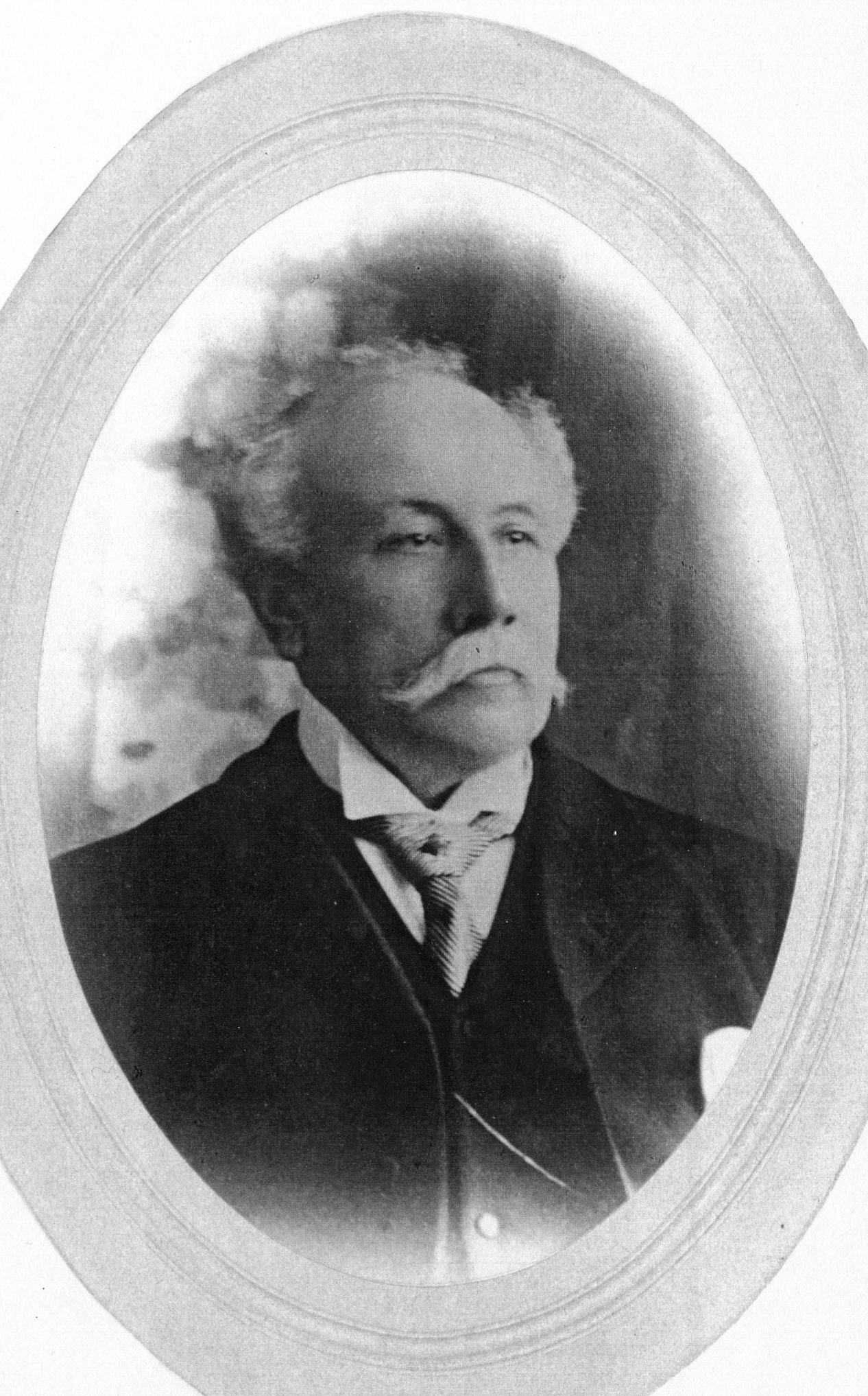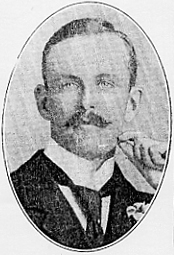
| Alfred Walter MICE. He attended EIC College at Addiscombe and passed the competitive examination of 'Stanley Engineers'. In 1859 he joined the Engineers Establishment of the Public Works Department in India. He worked on various parts of the Ganges Canal and retired in 1879 having been Executive Engineer of the Meerut Division of the Canal. On his return to the UK he took other employment and did some research into the family history. A photograph of him is in this section. His only son |

|
| Ralph Montecute. Educated at All Hallows School where his name is also on the Chapel War Memorial. In 1915 he was a Captain in the 37th (att 41st) Dogras, Indian Army and was serving on the Western front, in December he left France with the Indian Corps for Mesopotamia where he was killed in January 1916. He was mentioned in Dispatches and awarded the MC. He may have played Hockey for the Indian Army. His picture is in this section. | 
|
| The Dictionary of National Biography1961 - 1970 |
| BRIND, SIR (ERIC JAMES) PATRICK(1892-1963), admiral, was born at Paignton 12May 1892, the third son of Colonel EdwardAgincourt Brind of the 88th ConnaughtRangers, and his wife, Florence Lund. Brind'sfather settled in Dorchester after retiring fromthe army. Brind entered the Royal Navy as a cadet in1905, passing through Osborne and DartmouthColleges before joining his first sea-going shipas a midshipman on 5 September 1909. InMay 1916, as a young lieutenant, he was at theBattle of Jutland in the new 15-inch battleshipMalaya which suffered damage. Early promotion to commander on 30 June1927 indicated that he was well thought of,and this was further substantiated when he waspromoted captain on 31 December 1933, at theage of forty-one, at a time when the numberof promotions had been much reduced. Brind's appointment to the AdmiraltyTactical Division in May 1934 gave furtherindication of a promising future, and offeredscope for his insistence that the new aircraftcarriers of the Formidable class should be fittedwith armoured flight decks, an indispensablebenefit in the war that followed. As a captain, Brind commanded the cruiserOrion, and later the cruiser Birmingham. Hetook the latter to Tsingtao in 1939, at a timewhen China and Japan were at war, to investigate the arrest of a British merchant ship by theJapanese. He called on the Japanese admiraland announced his intention of rescuing theBritish ship despite the presence of Japaneseheavy cruisers and a carrier, and the threatto blow the Birmingham out of the water.Brind insisted on the release of the merchantship and sailed the next day, escorting her tosafety. In December 1940 Brind became chief ofstaff to Admiral (Sir) John Tovey, C.-in-C.Home Fleet, and was thus involved in thelong chase and the destruction of the Bismarckon 27 May 1941. He was created CBE for hispart in the action. Having been promoted rear-admiral on 6February 1942, Brind was appointed assistantchief of naval staff in May 1942, and servedin the Admiralty until August 1944, taking alarge part in the planning for Operation Neptune(the Normandy landings). In July 1944 he wasmade CB in recognition of this work. FromOctober 1944 until January 1946 Brind hadcommand of a squadron of ships of the BritishPacific Fleet, and was engaged in offensiveoperations in the long task of defeating theJapanese. He was present at the conclusion ofthe war with the Japanese in August 1945 andattended the act of surrender in Tokyo. Brind was promoted vice-admiral on 16October 1945, and was advanced to KCB inJune 1946. In October 1946 he was appointedpresident of the Royal Naval College atGreenwich, and held this appointment untilhe assumed the naval command C.-in-C.Far East Station in January 1949. He retained the latter, perhaps his most importantjob, until 1951, the year in which he wascreated GBE. He was promoted full admiralon 20 March 1949. It was in 1949 that theAmethyst was held hostage by Communists 150miles up the River Yangtze for three months. | Realising that negotiations were fruitless, Brindturned a blind eye to official policy, andinitiated and organised the Amethyst's spectacular withdrawal from the Yangtze-a triumphant success. When the Korean war broke out in June1950, Brind was ready to oppose the NorthKorean assault. He at once ordered his shipsto be placed under American command, without waiting to learn the official policy. Thewhole area was in turmoil, with Communistaggression in China and Korea, the threat toTaiwan, an emergency in Malaya, and piracy.A false move might have had major international repercussions, but Brind, who was onthe spot, seemed instinctively to sense the rightmoves. With a sizeable fleet involved in continuous operations 2,000 miles from its mainbase, Brind had to improvise rapidly. Thanksto enthusiastic support his efforts were highlysuccessful. His staff officer operations. CaptainP. Dickens, thought that Brind's performanceat this time was the peak of his career: 'To hispatience, charm, and kindness I would add anindefatigable capacity for work, and a senseof duty, directed towards God and what hebelieved to be right.' Brind's final appointment was as C.-in-C. Allied Forces NorthernEurope (1951-3), a new NATO command. Heretired in 1953 and was succeeded in the NATOappointment by his deputy. General Sir RobertMansergh. Brind was known throughout the navy as'Daddy'. When his secretary. Captain S. A. B.Morant, was asked about the derivation of thenickname, he replied that doubtless it wasbecause he had white hair, a paternal air, andwas one of the kindest and most charming menone could ever hope to meet. His widow saidthat the nickname 'Daddy' was given to himwhen he was a lieutenant doing courses. His hairwas prematurely white and he had a benignappearance. Brind died 4 October 1963 at Withyham nearCrowborough at the age of seventy-one. Hismemorial in Withyham church has the appropriate inscription: 'Write me as one that loveshis fellow men.' Brind married, in 1918, Eileen Margaret,daughter of the Revd Josiah Marling Apperly,the rector of Tonge, Sittingbourne, Kent, bywhom he had one daughter, born in 1919.Brind's first wife died in 1940. In 1948 hemarried Edith Gordon (died 1979), daughter ofWilliam Duncan Lowe, Writer to the Signet,Edinburgh, and widow of Rear-AdmiralH. E. C. Blagrove who was lost in the sinkingof the Royal Oak in 1939. [The Times, 5 and 10 September, 1963, private information.] S W C PACK ©D.N.B. I961-I970 |
See family of Sir James
| Return to index | Source documents |
| Index | Section 1 | Section 2 | Section 3 | Section 4 | Section 5 | Section 6 | Section 7 | Section 8 | Section 9A | Section 9B | Section 10 |
Draft Pedigree of Brind of Wanborough & Stanton Fitz-Herbert